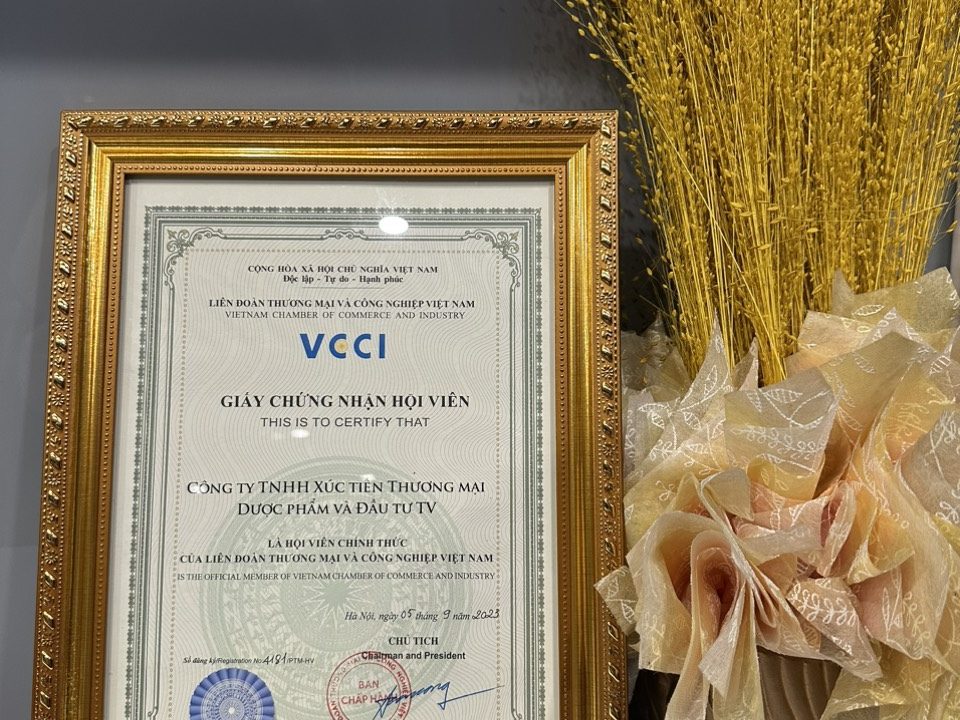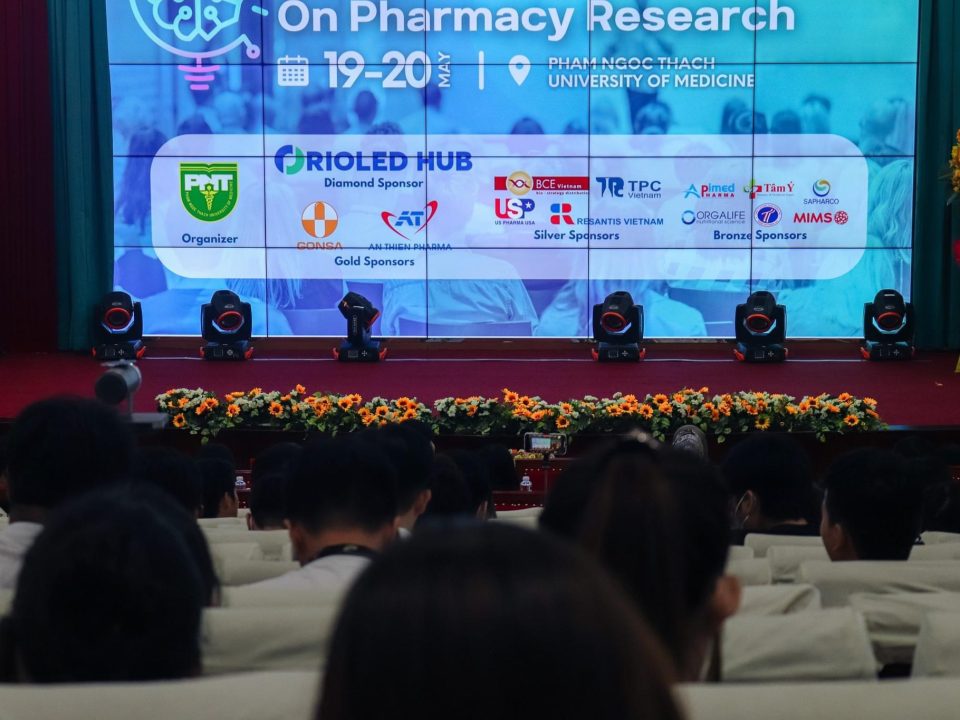
Comparator Management (P.2)
March 28, 20221. INTRODUCTION
1.1. Overview
A comparator drugs, also known as a reference drug, is one that is included in a clinical study for the purpose of making comparisons of its performance in a defined population. Comparisons may be made in terms of a combination of factors such as: Efficacy, safety, ease of use, patient compliance.

Comparators should not be confused with placebos. (Placebos are inert representations of an investigational compound designed to eliminate psychosomatic effects from statistical analyses.)
Comparator drugs are usually sought for the purpose of comparing a drug from one organization with existing marketed products from other organizations. The objective of the comparison is to demonstrate the benefits of the sponsor organization’s drug. This is intended to allow legitimate claims regarding, e.g.., greater efficacy or an improved safety profile for the sponsor organization’s drug.
There is a global trend regarding the increasing importance of comparative trials. Data from comparative trials have been the focus of healthcare technology appraisal organization worldwide.
1.2. Scope
1.2.1. Comparator sourcing process
This Guide discusses:
- Selection of a comparator: branded or generic version
- Identification of the best approach to sourcing
- How to identify the best strength, formulation and presentation, e.g, regional considerations
- How to establish a preferred supplier or supplier pool
- Setting up a comparator sourcing team to obtain the comparator
- Consideration of various strategic approaches
- Counterfeiting avoidance
1.2.2. Technical Considerations
This Guide provides an explanation of the benefits and challenges of blinding of various dosages forms
1.2.3. Release of Moderator
Quality control, product specification, Qualified Person requirements, and stability testing protocols and methodologies are discussed.
1.3. Purpose
This Guide is intended to establish strategic and tactical considerations when sourcing and procuring comparators for use in a clinical trial. It aims to identify and develop industry good practices for:
- Making sourcing decisions
- The technical consideration for blinding
- Release for use
Regulatory requirement and their potential impact on sourcing decisions are also considered.
The sourcing and blinding of comparator drugs is a key activity in a clinical study. Making the right strategic decision can ensure costs are kept within budget and study timelines are maintained.
1.4. Benefits
One of the main benefits of this Guide is that it provides a unique overview of the management of a sponsor’s comparator needs.
This Guide is intended to provide a central reference source and provide advice on the considerations that should be taken into account to mitigate risks involved when sourcing comparators and also intended to assist such personnel in making decisions that can help a sponsor to avoid delays and save significant time and costs.

2. COMPARATOR DRUGS SOURCING PROCESS
2.1. Introduction
Comparators are usually needed once the pharmacokinetics and pharmacodynamics of the investigational drug have been established and it has been determined that the investigational drug is a good candidate for further assessment.
Comparators are only rarely requirement in Phase I studies that are typically run in population of healthy individuals. Comparators are normally used in later Phase II trials and are required most frequently on Phase III trials.
In many case, an optimal dose of the investigational drug will have been identified, but there may be more than one strength under investigation. Where there are several strengths of investigational drug that could be marketed by an organization, the strength of the comparator should be selected by medical professionals. This should provide a meaningful comparison of the selected strength of investigational drug against existing treatments.
Where one strength of an investigational drug is being studied, but many strengths of comparator exist, the strength of comparator should be given careful consideration in order to determine which strength would provide the most robust comparison of effects.
The choice of a comparator may change in later trials or different trials at the same developmental stage.
The selection of more than one strength of comparator in a cross-over design may be required.
2.2. Stakeholders in the selection of a comparator
Numerous stakeholders may be involved in the decision to use a particular comparator. Key stakeholders are listed, along with their responsibilities and involvement in the process:
Medical Affairs/Scientific Professionals
Medical Affairs/Scientific Professionals should make decision on which specific comparator to use, based on the nature of the investigational compound (e.g., the theoretical potential of the IMP and the results of early clinical trials)
Marketing Professional
Marketing Professional should conduct market analyses such as competitive landscaping, positioning, the size of the market and its segmentation. These analyses help them to identify:
- Unmet needs in the market
- The presence and effectiveness of therapies already on the market
- The potential current and future competition that the drug may face in being selected by medical professionals to tackle the indication
Depending on the information discovered by these analyses, the investigational drug may be compared against another selected existing medication in order to make the most effective marketing claims. For example, if the investigational drug is believed to be the most effective at night time and one of the potential comparators is also known to be most effective at night time, this may be the comparator of choice to help to ensure that the clinical evidence can be compelling.

Clinical Project Professional
The clinical team should coordinate the operational conduct of the clinical trial and is responsible for the: assimilation of requirements, setting of relevant study timelines and goals
This includes consideration of the supply of the comparator including the estimated quantities required and the initiation of the process to secure supply. It also may include execution and completion of the acquisition process.
Depending on the size and structure of the sponsor organization, the clinical project professional may be supported by individuals or teams with the responsibility for forecasting volume requirement or specialist in sourcing comparators for many or all of an organization’s clinical trials.
Clinical Supply Chain Procurement Professionals
After a comparator is selected, it needs to be sourced, i.e., a supply of suitable materials needs to be identified. Clinical supply chain procurement professionals should identify the optimal source and provide feedback in terms of available options, lead times, and limitations offered by the market.
Regulatory Professionals
Regulatory Professionals should be able to advise on the approval of relevant competent authorities and requirement for any documentation to support the use of the selected comparator. Both internal and external regulatory resources can be drawn upon to validate the list of countries to be used in the trial, i.e., can be sponsor obtain the comparator that has been selected in the form and volume needed for use in each of the countries? Either an alternative comparator can be selected or perhaps an alternative country to take part in the trial.
Quality Assurance Professionals
QA should be involved in the sourcing process to ensure that the supplier conforms to the requirements of the sponsor organization and to regulations concerning the quality of the materials. QA also can assist in the sourcing strategy by evaluating expiry date, supportive stability, and assessing the raw material and packaging material acceptability for each country or region.
Source: ISPE Good Practice Guide




